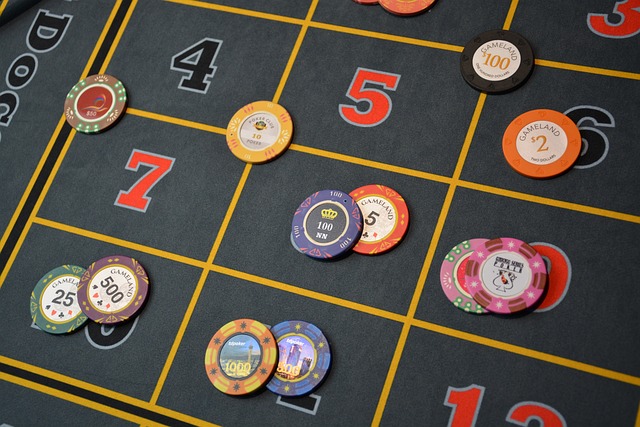Tracking player sessions is a fundamental part of modern gambling operations. Session records help operators understand behavior, detect fraud, and improve product design. But interpreting this data without bias is critical.
Biased evaluation can lead to wrong conclusions—like misidentifying healthy play as problematic or missing actual risk patterns. This post explores how to analyze session records fairly, key pitfalls to avoid, and practical guidelines for unbiased evaluation.
What Are Session Records?
Session records are detailed logs capturing the start, duration, and actions within a player’s gambling session. They typically include:
- Login and logout timestamps
- Bet types and amounts
- Game choices and outcomes
- Deposit and withdrawal events
- Responsible gambling tool usage
These records provide a granular view of player engagement over time.
Why Accurate Session Evaluation Matters
Operators use session data to:
- Detect problematic gambling patterns early
- Measure product engagement and retention
- Inform responsible gambling interventions
- Optimize marketing and promotions
Biased analysis can misclassify users, triggering unnecessary interventions or ignoring genuine risk.
Common Biases in Session Data Evaluation

Survivorship Bias
Focusing only on long, active sessions misses players who quit quickly or churn early, skewing understanding of average behavior.
Confirmation Bias
Interpreting data to fit preconceived notions (e.g., “long sessions = problem gambling”) without considering context can lead to false positives.
Aggregation Bias
Looking only at overall session length or total bets ignores patterns like frequent breaks, deposits, or unusual bet types.
Recency Bias
Overemphasizing the latest sessions while ignoring historical patterns can distort risk assessments.
Guidelines for Unbiased Session Analysis
1. Use Multiple Metrics
Session length alone is insufficient. Combine with:
- Bet frequency and size
- Deposit/withdrawal timing
- Use of RG tools (limits, breaks)
- Game volatility and variance
This multi-dimensional approach reveals a fuller picture.
2. Segment Players
Analyze sessions by player type (new vs. veteran, casual vs. high rollers) to avoid mixing heterogeneous behaviors.
3. Contextualize Data
Consider external factors like time of day, promotional events, or recent wins/losses that might influence play patterns.
4. Track Changes Over Time
Look for evolving trends rather than isolated sessions. A sudden spike in session length or deposit frequency may signal risk.
5. Avoid Overgeneralization
Don’t assume that long sessions always indicate problems. Some players prefer extended play and use RG tools responsibly.
Practical Checklist for Fair Session Evaluation

- ☐ Combine session length with bet patterns and RG tool usage
- ☐ Differentiate between session inactivity and intentional breaks
- ☐ Adjust thresholds based on player segments and game types
- ☐ Monitor session-to-session changes, not just single-session data
- ☐ Train analysts to recognize biases and validate findings with qualitative input
Tools and Techniques to Support Bias-Free Analysis
- Statistical modeling: Use machine learning to detect unusual patterns without preset assumptions.
- Visual dashboards: Interactive tools allow spotting anomalies and trends beyond raw numbers.
- Cross-functional reviews: Include input from compliance, product, and player support teams to validate interpretations.
